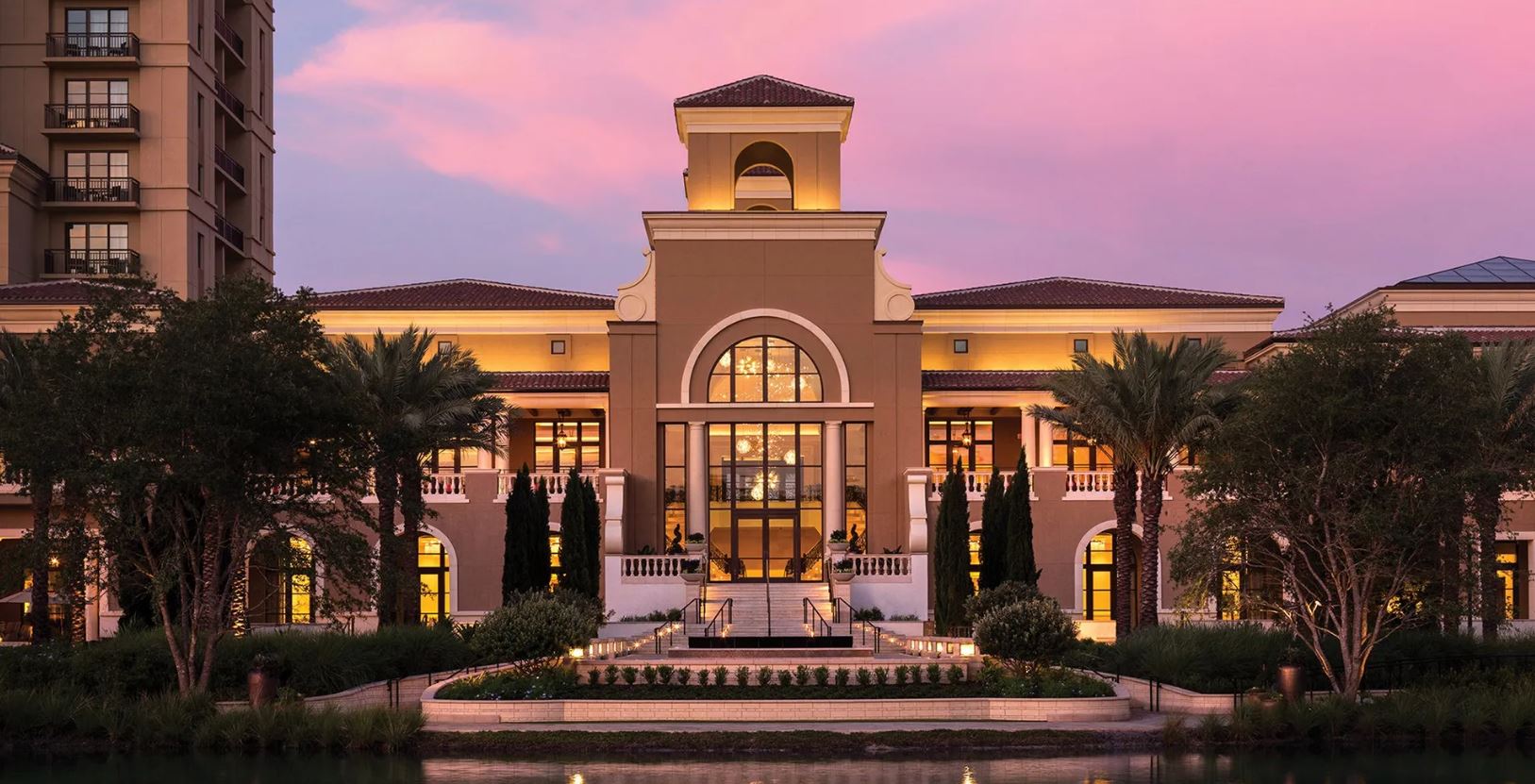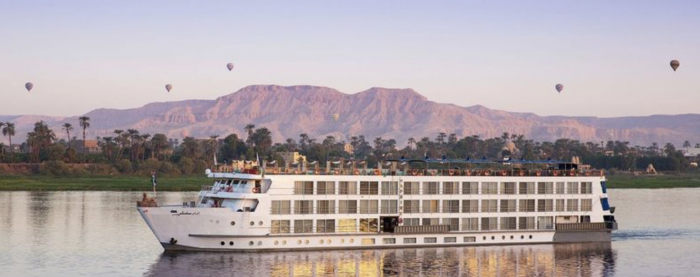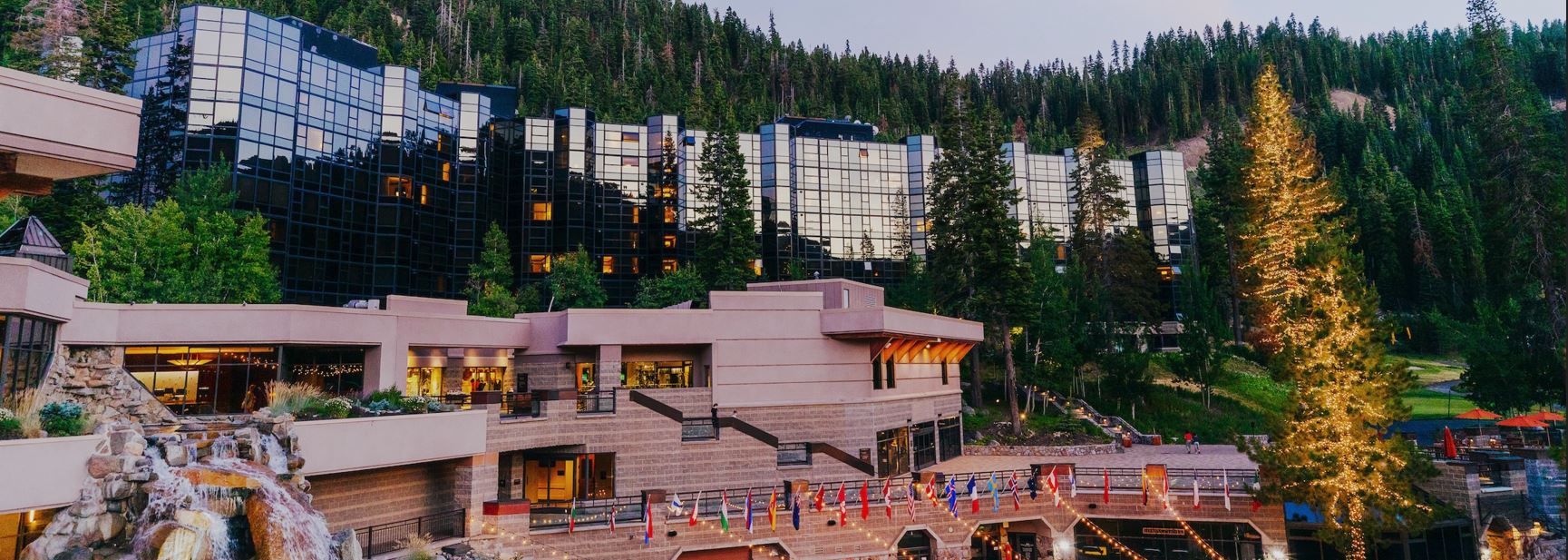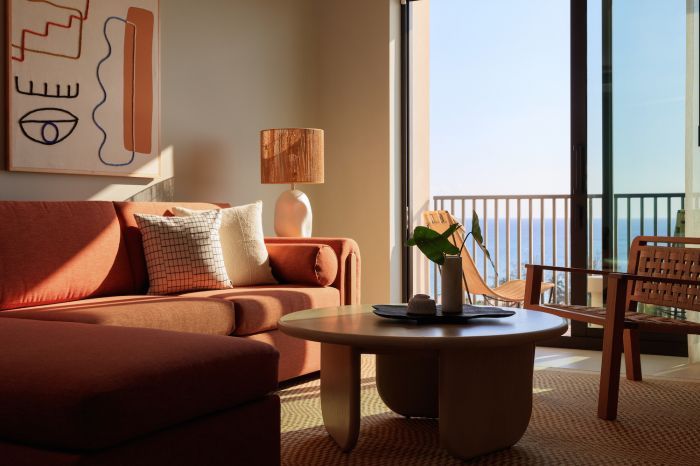
Pre-dawn sounds awakened me; first the Muslim call to prayer, then church bells ringing on the hour, followed by a series of sirens and finally the cooing of pigeons. The diversity of this audio track perfectly painted the canvas of my locale: Israel. The State of Israel was created in 1948, less than seven decades ago, yet its land has a recorded history of more than 4,000 years. The Bible is not merely a book of faith, it chronicles this ancient ground, considered the birthplace of Christianity. The country is composed of countless customs reflective of every civilization which has ever occupied its territory.

Israel is the undisputed nation of old. Throughout it are “tels” (archeological mounds formed upon abandoned towns), resulting in a city built upon city, and layer atop layer of history; all lures for inquisitive travelers. Today’s Israel is also a country of the future. As the world’s second largest creator of IT software and systems, it is considered “Silicon Valley East,” a fact ironically underscored when stuck in traffic between Tel Aviv and Jerusalem. While surrounded by such high-profile companies as Microsoft, Google and Intel, I lamented to our driver that in the U.S. we have an app (Waze) which redirects drivers around traffic. “Yes,” he replied, “we invented it.”
Though antiquities and accomplishments define Israel, it is a complicated country. Home to 12 million, it is comprised of two different ethnicities (six million Jews, six million Arabs), both believing they are the country’s true natives. This is the world’s only nation that borders three continents (Africa, Europe and Asia) but is a part of none. “It is not a melting pot,” said our Israeli guide Amir Orly, “it is a mosaic.”

With six micro-climates, four seas (the Mediterranean, Dead, Red and Sea of Galilee), mountains, deserts and valleys, Israel’s climate and geography are as dissimilar as its people. Thus, its unofficial title: “a little earth museum.” Geographically diverse, technically advanced and religiously complex, its collective characteristics deceptively suggest an immense territory. In actuality, Israel is the approximate size of America’s fifth smallest state, New Jersey, and spans up to 260 miles when traveling from north to south and a max of 70 miles (nine miles minimum) while going from east to west.
Packed into this territory of little more than 8,000 square miles are opportunities found nowhere else on earth. True, safety is a concern of those who have never traveled to Israel. But for those of us who return again (and for many more, again and again), the sense of security is never higher than within this country, which has forever contended with strife. A visit to Israel is best begun in Jerusalem. On approach, its high desert landscape and tree-dotted hillsides are reminiscent of Southern California. “At first glance it doesn’t seem very special,” I was warned by a local. “But it happens almost always that at a certain moment, it just hits you that you are in a place unlike no other.”

As the country’s capital, home to national and cultural treasures and the holy city for the Jewish, Islam and Christian faiths, Jerusalem showcases all of the characteristics and complexities that define the kaleidoscope that is Israel.
Within its wall-surrounded Old City, UNESCO World Heritage Site, are the Armenian, Christian, Jewish and Muslim quarters. After entering through one of its seven gates (its eighth, the Golden Gate, is sealed for the Messiah to enter the city), a walkabout is akin to an international journey. You’ll see everything from Arabs in traditional white robes smoking water pipes in souk cafés, Christian shopkeepers selling an assortment of Bibles and rosaries and Jews in Orthodox dress rushing home before Friday sundown. Continuing, partitions separate men and women chanting their prayers at Judaism’s most sacred site, the Western Wall, while Christian pilgrims follow the 14 stations of the cross along the Via Dolorosa. This is all beneath the backdrop of Islam’s gold-capped Dome of the Rock. Nearby are the City of David, the reputed tomb of King David on Mount Zion, the Mount of Olives and Bethlehem.

It is almost impossible to compute the significance of artifacts displayed at the Israel Museum, from the Dead Sea Scrolls (the oldest Biblical texts discovered in 1947), the Aleppo Codex (the medieval bound manuscript of the Hebrew Bible) and the Nano Bible (the world’s smallest). Most sobering, however, is Yad Vashem Holocaust Memorial. Its corridor representing the May 1945 end to the war is short because, “We don’t need much room for celebration.” The Children’s Memorial is powerfully simple. Commemorating the 1.5 million Jewish children killed during the Holocaust, it is lit solely by thousands of pin pricks of light appearing like stars. While traversing its dark pathway, you hear the children’s names, ages and countries of origin.
At 1,300 feet below sea level, the lowest place on earth, the Dead Sea is a mere day trip away. Upon immediate emersion from the tunnel out of Jerusalem, you are in the desert, where camels can be seen at gas stations (for photo ops) and goats are herded by Bedouins. Waterside hotels have full-service spas, featuring therapeutic treatments using the sea’s highly-concentrated minerals. For a Dead Sea float (swimming is not possible), lather with mud, lie back and relax.

Overlooking the Dead Sea, the plateau of Masada rises to almost 1,500 feet above it. The summit and its excavated remains—revered for their commitment of endurance and heroism—are reached by cable car or along the steep 700-step stairway Snake Path, a challenging route best taken early morning. Built by King Herod, conquered by Jewish zealots and soon afterward besieged by Romans (73 CE), the zealots chose suicide over surrender.
On approach to Galilee, Orly, a Biblical scholar mentioned, “There was a rabbi who long ago preached on these shores and his name was Jesus.” Passing signage for Nazareth in route and crossing the River Jordan, this is where it is possible for Christian pilgrims to take boat rides on the Sea of Galilee, dine in waterfront restaurants known for the regional specialty (St. Peter’s fish), and experience the sound and light show at the ruins of Bet She’an, an ancient Roman city.

Tel Aviv (now called Tel Aviv-Jaffa) is Israel’s cultural, financial, commercial and entertainment center. Embellished with graffiti and renowned for its collection of more than 4,000 buildings with a distinctive 1930s architecture called White City, Tel Aviv is colorful. Spread out, there is no downtown, but it is an open-around-the-clock kind of town, always active until the early morning hours. With 3,100 restaurants, cafés, bars and theatres (one per 12 residents), and playing host to more than 60 cultural events every day, it is an internationally-recognized culinary and social scene.
Old Jaffa, one of Israel’s most ancient cities, has transformed into a hip happening. Jutting into the Mediterranean, its parts comprise the complete package: a fisherman’s port, artists’ quarter, Turkish Bazaar, centuries-old church, boutiques, bars, cafés and more. Israel is a country that until you visit is a mystery. Yet, a single trip will transform you and your opinion. The mystery becomes a magnet.














